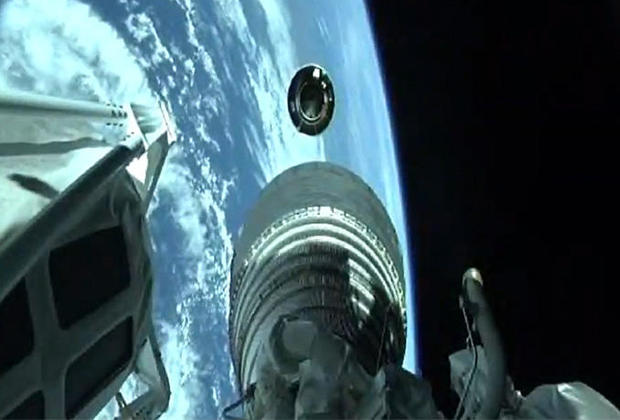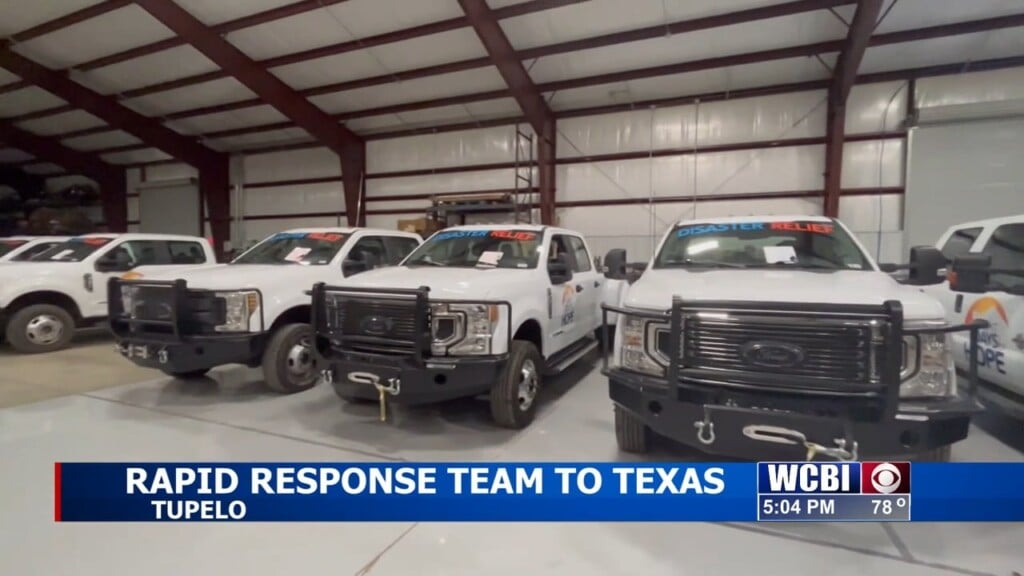Atlas 5 launches military spaceplane on secret mission
Running a day late because of bad weather, a United Launch Alliance Atlas 5 rocket finally thundered to life and vaulted away from Cape Canaveral early Sunday, carrying an unpiloted Air Force X-37B spaceplane aloft to kick off a secrecy-shrouded flight.
The workhorse rocket’s Russian-built RD-180 first stage engine roared to life at 9:14 a.m. EDT, pushing the 20-story rocket smoothly away from launch complex 41 at the Cape Canaveral Air Force Station.
Generating more than 860,000 pounds of thrust, the Atlas 5 quickly accelerated as it consumed propellant and lost weight, disappearing from view in a cloudy sky along a northeasterly trajectory.
The first stage appeared to perform flawlessly as it propelled the vehicle out of the thick lower atmosphere, shutting down and falling away as expected about four-and-a-half minutes after liftoff. It was the 90th flight of an RD-180 engine.
At that point, in keeping with standard practice for classified military missions, United Launch Alliance ascent commentary ended and the rest of the climb to space was carried out in secrecy.
The goal of the Atlas 5 flight was to place the X-37B into orbit, one of two operated by the Pentagon’s Rapid Capabilities Office for the newly established U.S. Space Force.
The Boeing-built X-37B looks like a miniature space shuttle, complete with delta wings, heat shield tiles and a compact payload bay. But unlike NASA’s space shuttle, which relied on fuel cells for power in orbit, the X-37B sports a solar array that extends from its payload bay, allowing extremely long flights.
The autonomous orbiters are designed to return to Earth with runway landings at Vandenberg Air Force Base in California or the Kennedy Space Center in Florida. The most recent flight of an X-37B lasted some 780 days before ending with an unannounced landing at the Florida spaceport last October.
Through the program’s five previous flights dating back to the first launch in April 2010, the X-37Bs logged a cumulative 7.9 years in space covering more than a billion miles. The planned duration of the current mission is not known.
While the Air Force does not provide details of mission objectives, officials lifted the veil slightly before Sunday’s launch, saying two experiments from NASA were on board, one to expose a variety of materials to the space environment and one to monitor its effects on seeds.
Students at the U.S. Air Force Academy supplied a small research satellite carrying multiple experiments while another project will test technology needed to convert solar power into microwave energy that could be beamed down to Earth.
The Atlas launch delay to Sunday forced SpaceX to slip the planned launch of a Falcon 9 rocket, carrying another batch of the company’s Starlink internet relay satellites, from Sunday to Monday. Rough weather associated with Tropical Storm Arthur off Florida’s east coast then prompted SpaceX to order an additional 24-hour delay, pushing the Starlink launch to Tuesday at 3:19 a.m.
Had the original schedule held up, the 45th Space Wing, which provides tracking, telemetry and safety support for all rockets launched from Cape Canaveral, would have carried out the fastest turnaround for two orbit-class boosters since 1967, a dramatic weekend doubleheader.
But it was not to be.






Leave a Reply